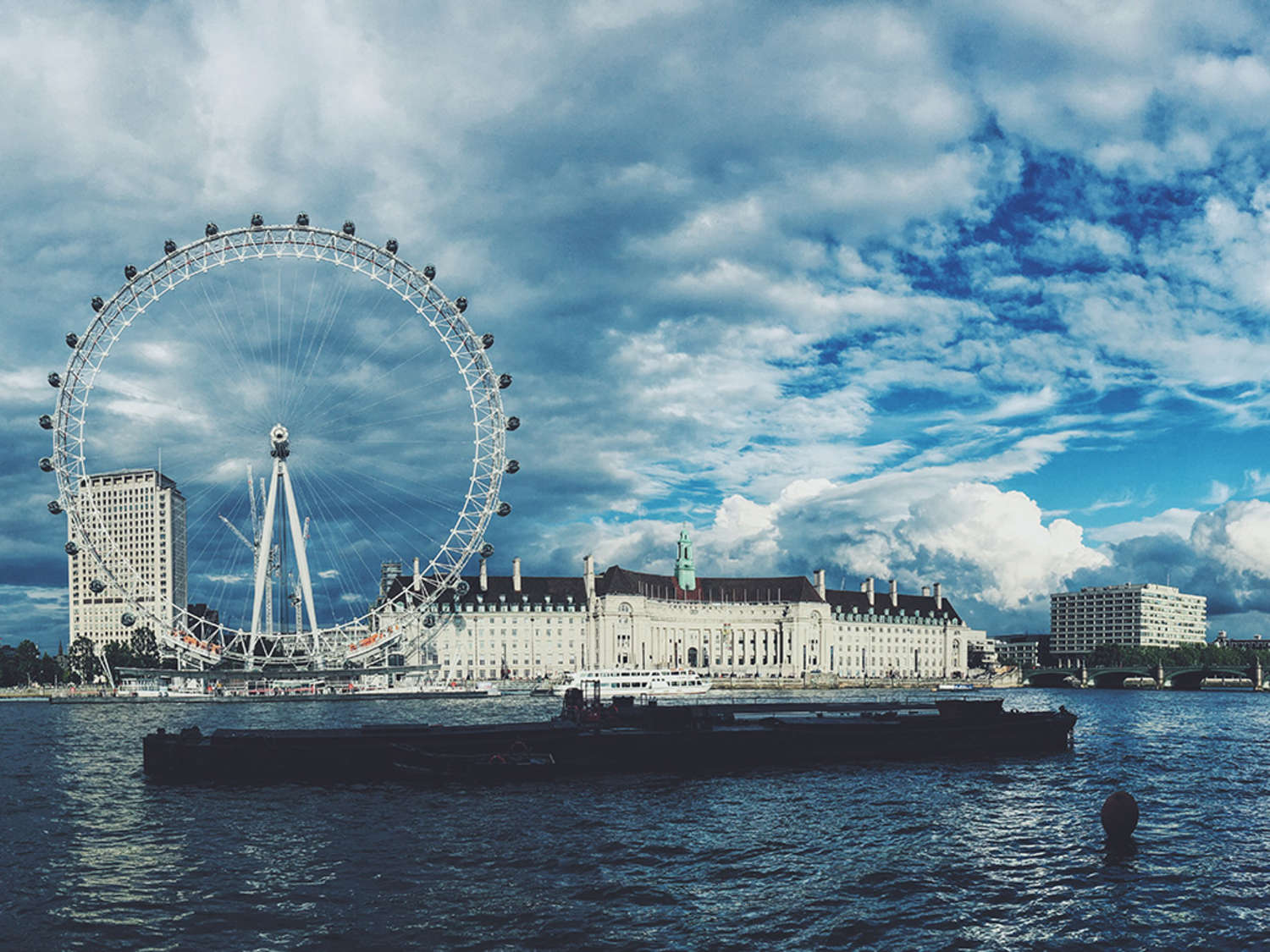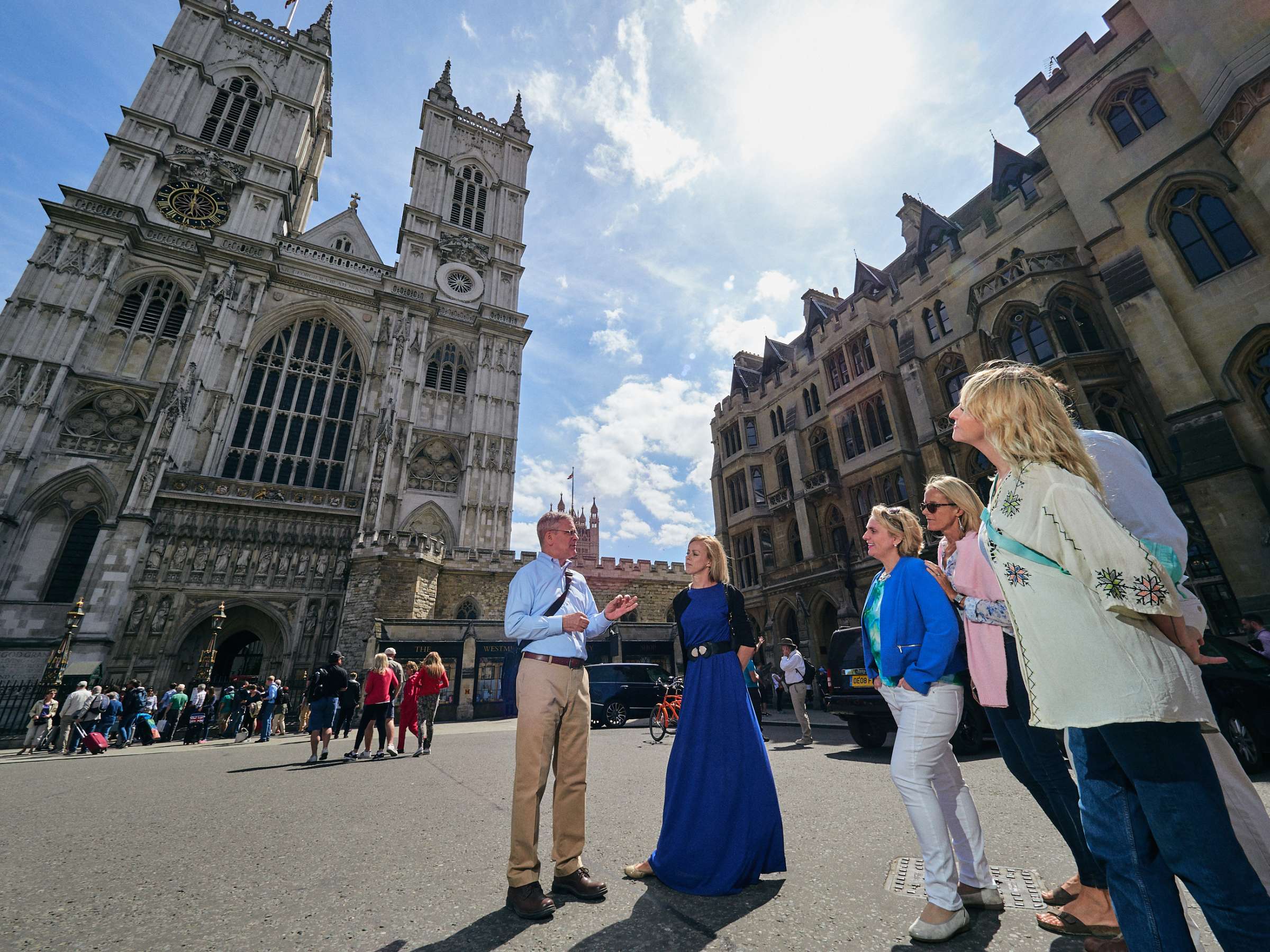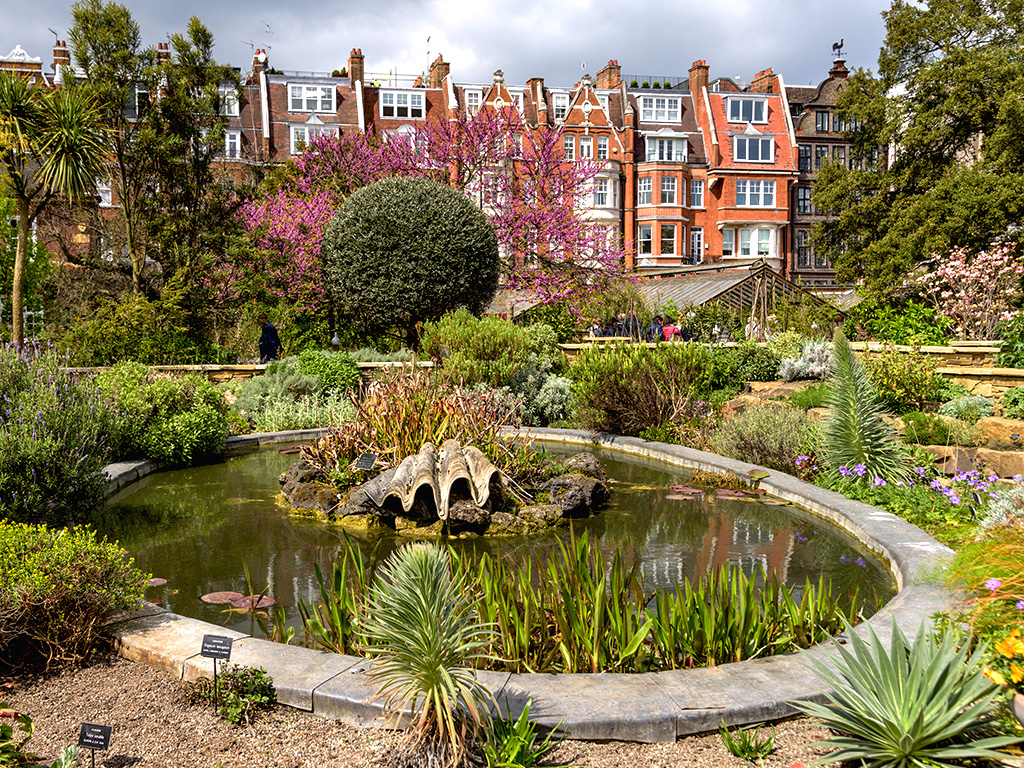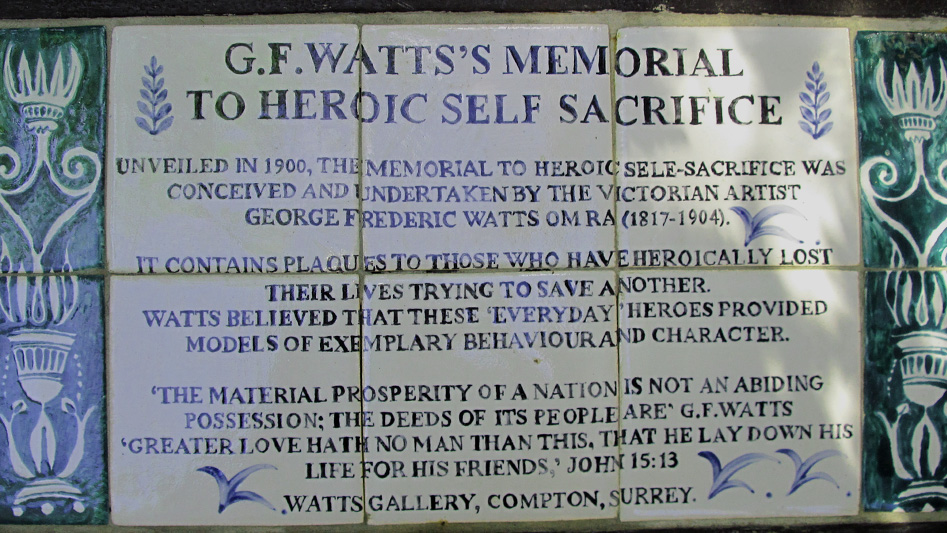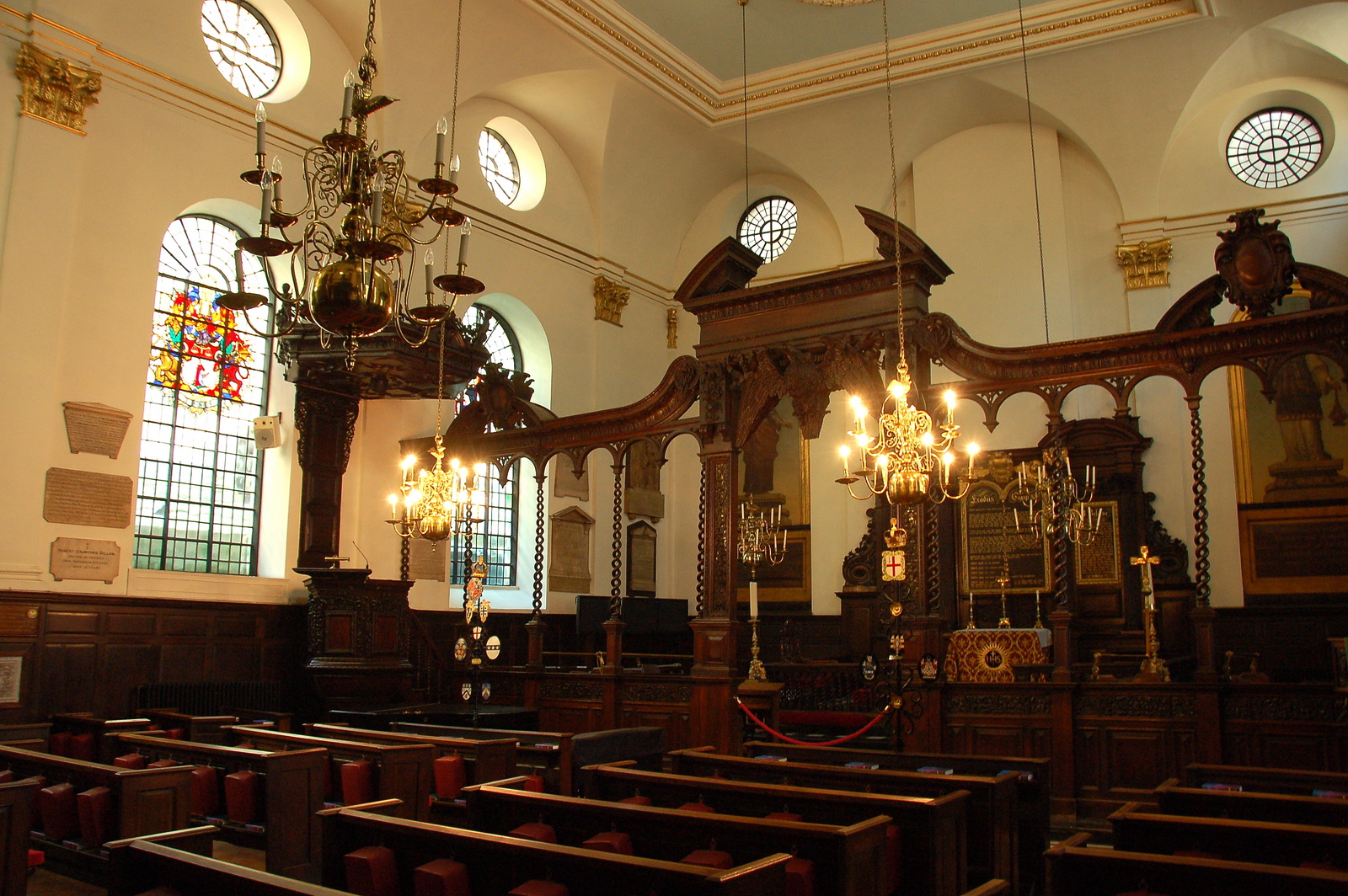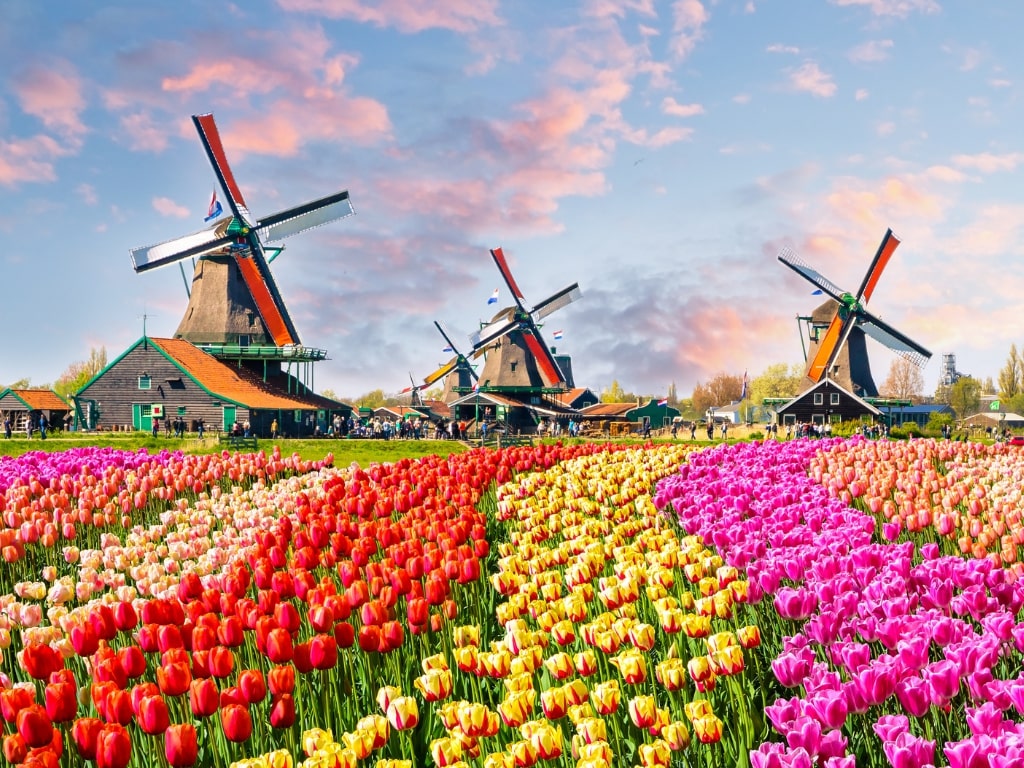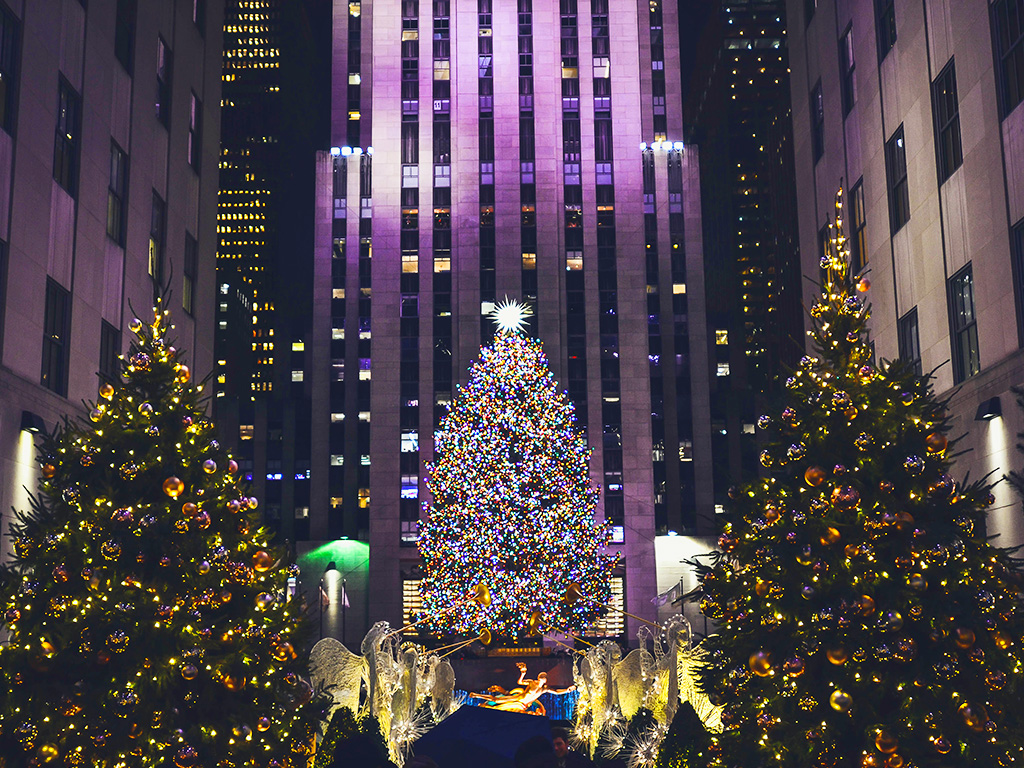With nearly 4 million visitors a year, the London Eye is the U.K’s most popular paid tourist attraction. Yet—for our money—we find that it offers precious little in the way of understanding the great teeming metropolis that inspired Samuel Johnson’s famous quote, “When a man is tired of London, he is tired of life”. So, while we wouldn’t ever fault you for taking a spin on London’s greatest wheel (and elbowing your way through what may be London’s greatest crowds), we prefer to seek out London’s pockets of calm to enjoy the city in a new light. For a Londoner’s perspective, we asked our guides to share where they like to take time out from the hustle and bustle of city life, giving us some good reasons not to visit the London Eye.
Chelsea Physic Garden
It should come as no surprise that some of the most popular retreats for our London scholars are the city’s numerous gardens and parks—there’s nothing like a spot of sun and shrubbery to offset hours in the library. Set a short way back from the River Thames, the Chelsea Physic Garden provides a welcome respite from the busy traffic that runs down the Chelsea Embankment. Originally built in 1673 by the Worshipful Society of Apothecaries, it became an important center of botany as well as a place to study the medicinal properties of plants. When we’re lucky enough to be in London between 19th and 23rd May, we don’t miss the chance to book tickets for the Chelsea Flower Show, just a short walk from the Garden. Running since 1913, this is one of the largest flower shows in the country, perennially (pardon the pun) offering cutting-edge garden design and a range of new plants. Wander through this riverside idyll and we’re always struck by bursts of color and eye-catching architectural elements.
Postman’s Park
If you find yourself in the dense streets of the City, Cambridge grad and doctor Sarah Jane Kitching recommends Postman’s Park, just a short distance from St. Paul’s Cathedral. This quiet garden is not just a pretty place to pause but is rich in history, containing the famous Watts Memorial to Heroic Self-Sacrifice, which commemorates “heroism in every-day life”. To discover more about the 62 people remembered, the park’s website—The Everyday Heroes of Postman’s Park houses a plethora of thoughtful background information.
Queen Elizabeth Hall
Every time we think it’s peaked, London’s trend for rooftop gardens seems to just get bigger. Historian Philippa Owen has a particular favorite: “I love the allotment garden on top of the Queen Elizabeth Hall in the summer. There’s a cafe and you sit surrounded by cabbages and beans and tomatoes and climbers. Heavenly!”. Designed by the Eden Project, this unique spot is open until late September and offers incredible views across London—the perfect way to start our evening on the hopping South Bank (or wrap up a riverside stroll like the itinerary offered in our Intro to London tour).

St. Stephen’s Walbrook and St. Margarety Lothbury
We all know that you can’t always rely on London for perfect sun, but there are plenty of indoor spots to sit and be inspired. Music specialist Ruth Shlovsky shared that St Stephen Walbrook “has lunchtime organ recitals on Fridays. Designed by Christopher Wren, this is a particularly beautiful church and has wonderful acoustics”. (We’re also pleased as punch that you can bring a bit of food in with you for a lunchtime listen). This is also one of art and architecture expert David Thompson’s preferred places to escape—he often takes visitors here on his his Churches of Christopher Wren tour. “The new seating arrangement ‘in the round’ is centered upon a Henry Moore marble altar. Many have found solace in St Stephen’s, where its rector Chad Varah founded The Samaritans in 1953.” David also recommends another of Wren’s stunning churches, St Margaret Lothbury, which contains a spectacular collection of woodwork salvaged from other Wren churches that were subsequently demolished. “This is my favorite place for peace and atmosphere—a haven from the modern world in a quiet street behind the Bank of England”.
Wallace Restaurant
On the other side of town, the Wallace Restaurant comes highly recommended from art historian Hattie Bennett. Tucked away from the hustle and bustle of Oxford Street, The Wallace is a lovely place for a cup of tea in an inner courtyard. Once refreshed and refuelled, we like to visit the fabulous museum itself and absorb ourselves in the enormous variety of paintings (its 8th century French paintings are outstanding), porcelain armor, furniture, and decorative arts that make this one of the richest collections in the city. For more on the Wallace, saunter through Hattie’s full guide to the Collection.
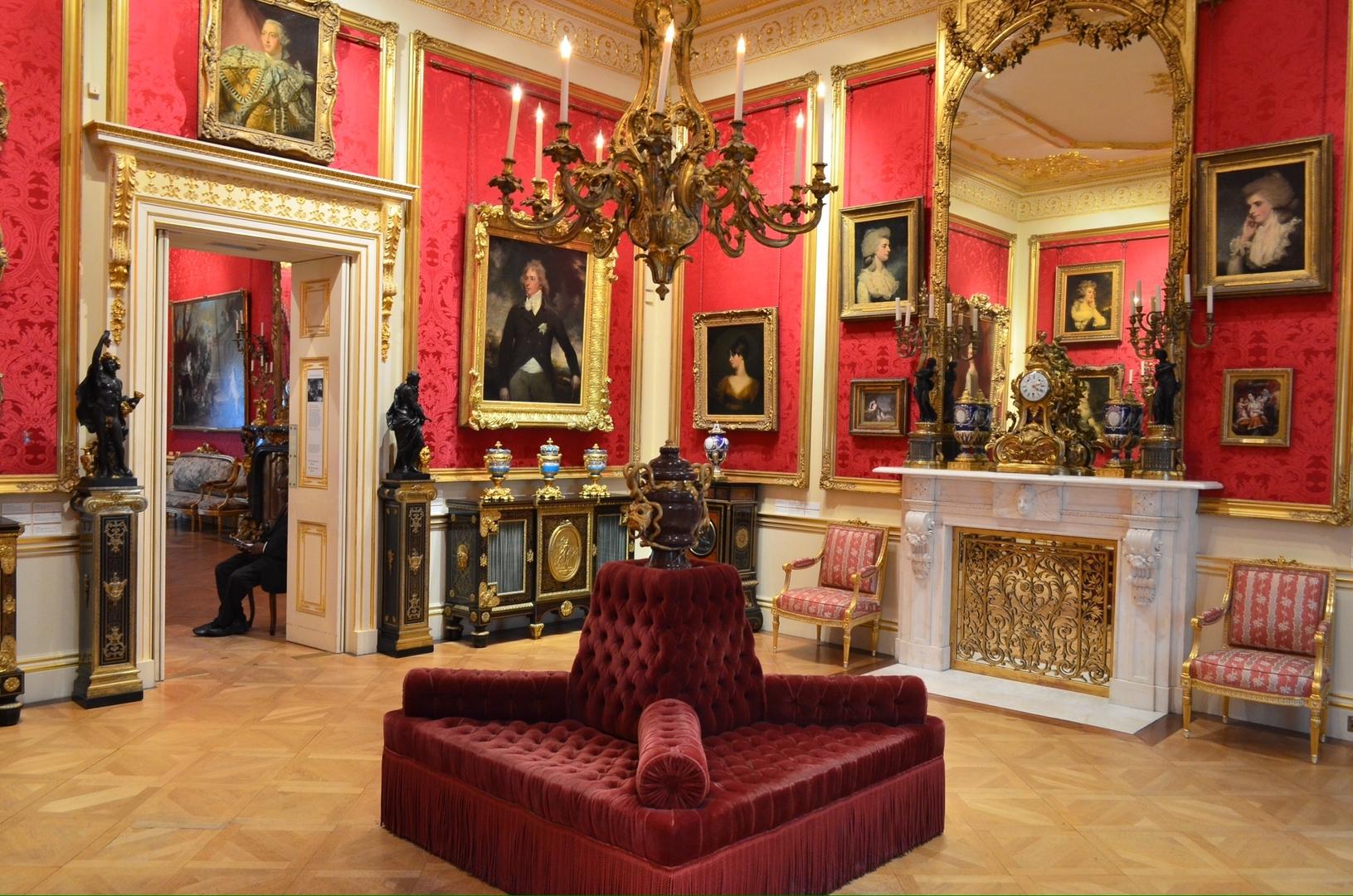
Ok, Ok—The London Eye
If we haven’t convinced you—don’t worry, we’re not offended—here are the basics you need to know to see the London Eye:
- How to get there: We prefer taking the tube when in London, and getting to the London Eye is no exception. Waterloo, Embankment, Charing Cross, and Westminster stations are all within a 5 to 15 minute walk of the site.
- Hours of Operation: Hours vary throughout the year, but the London Eye is typically open from 10 am to 8:30 pm. It’s best to consult the website for current opening hours.
- Tickets (and how to skip the line): We highly recommend buying tickets in advance, which can save you tuppence and time. Priority tickets grant you access to a priority line—all tickets can be purchased directly from the London Eye website.
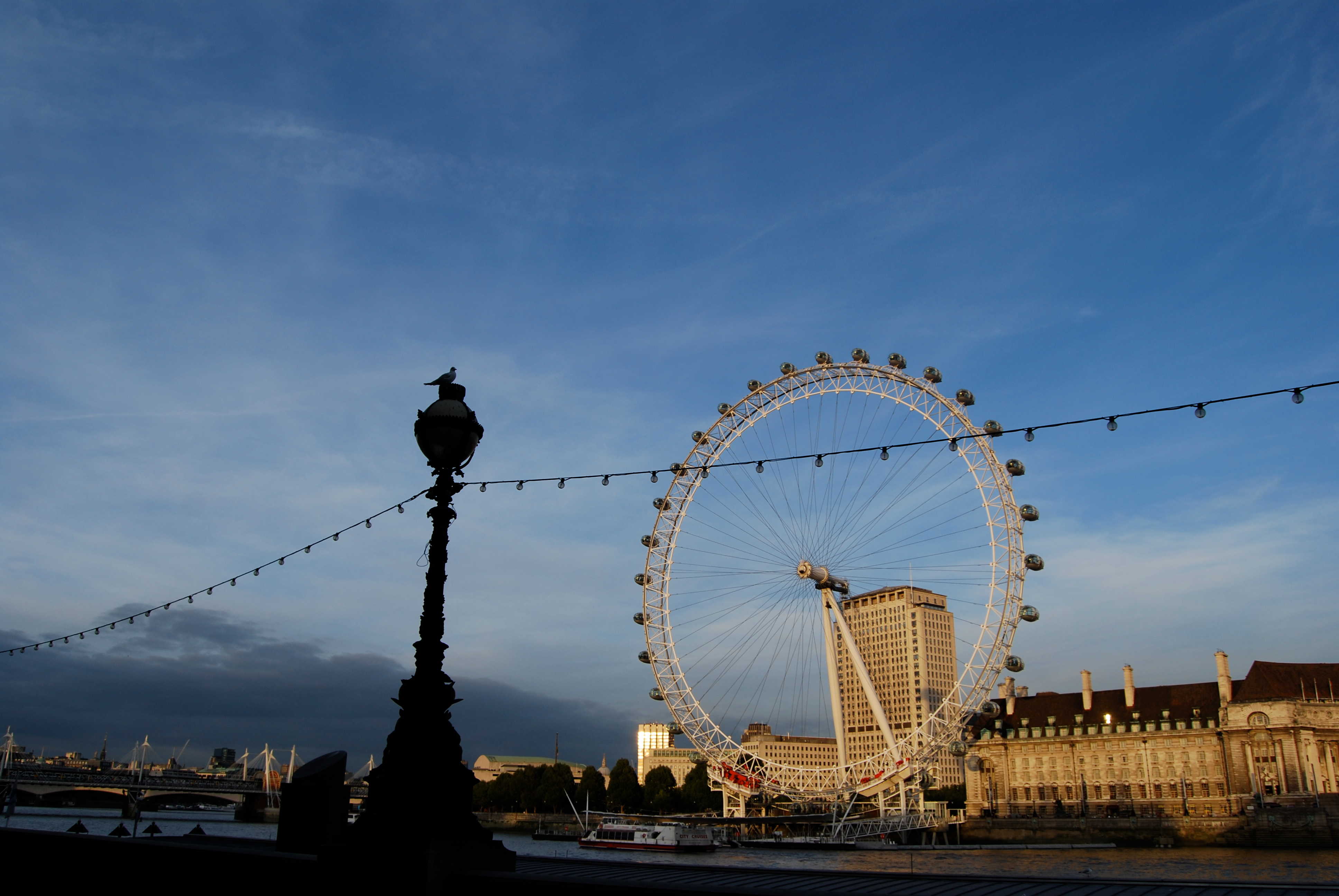
But be warned: in addition to being one of London’s most crowded spots, it’s also one of the few remaining city sites that still allows selfie sticks. And, to borrow from Brutus via the Bard, “a soothsayer bids you beware the stick of selfies”.
Visiting a city as layered as London can be a tiring business, but with these oases of calm throughout the city, we find that there’s plenty of opportunity to relax and reflect. Another way to combat London’s overwhelming array of sights is to see it in the company of a scholar, by joining one of our Context private or small group London tours.
